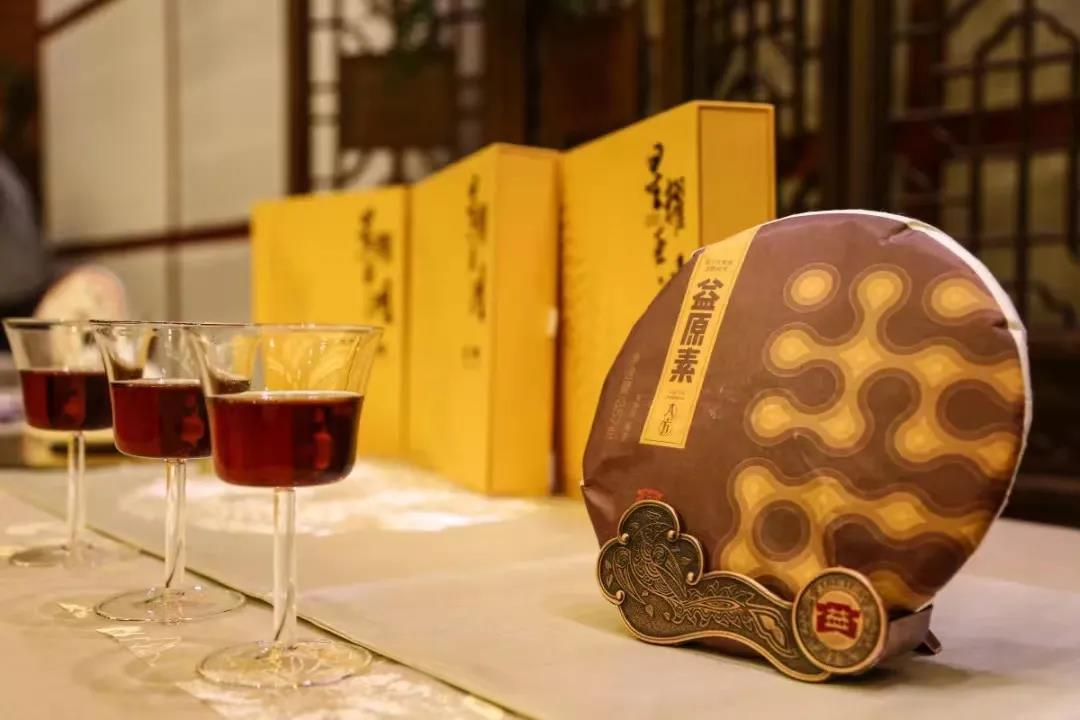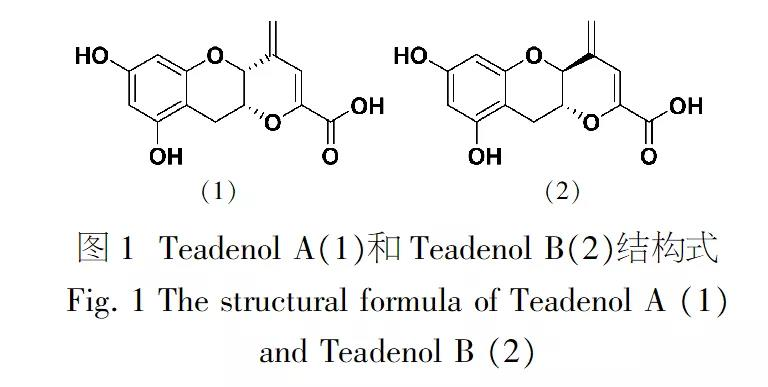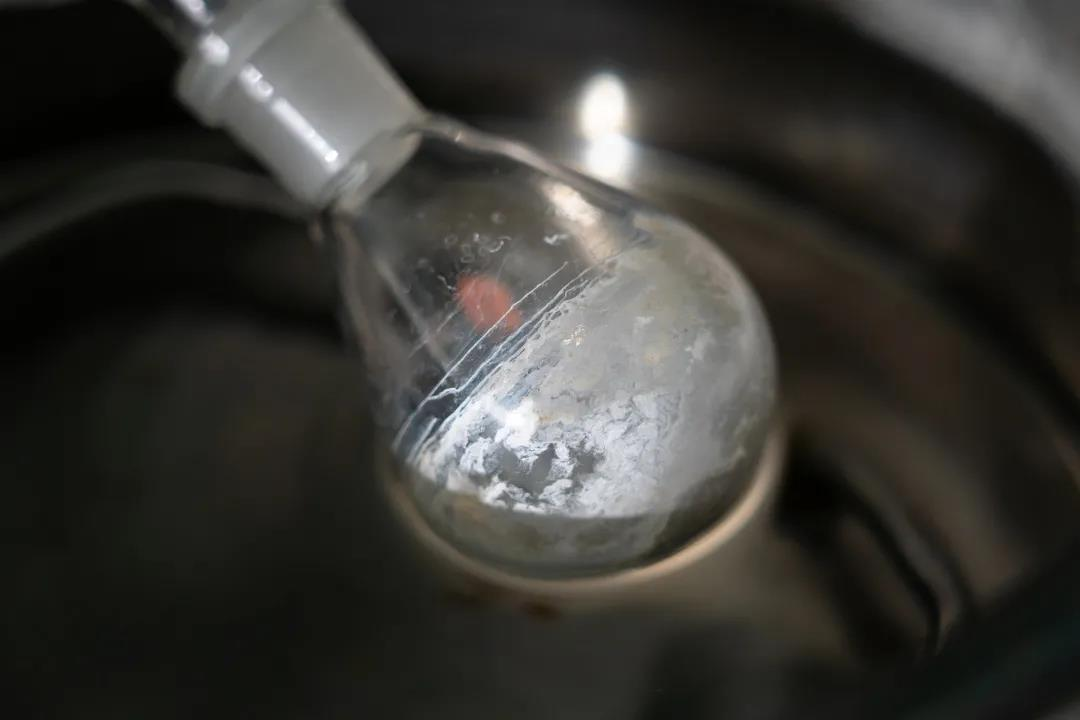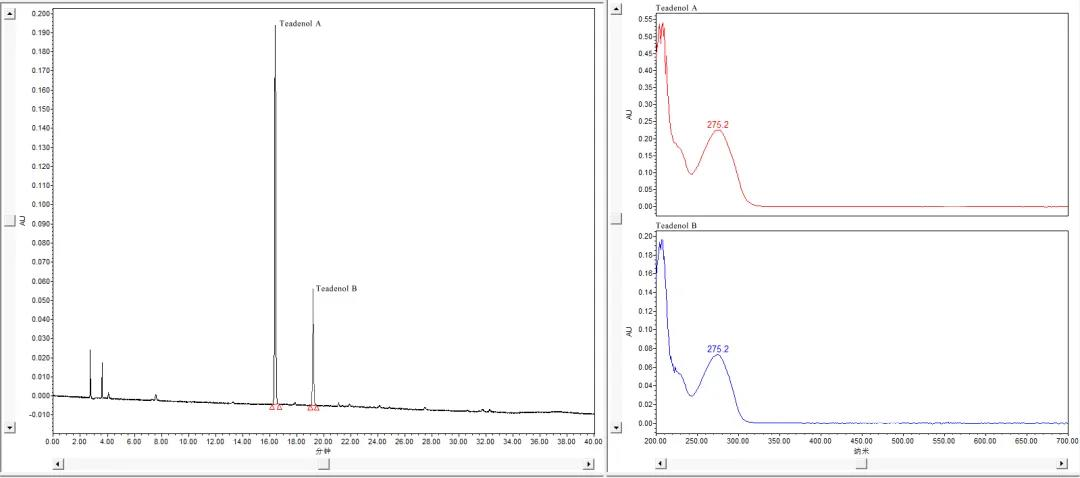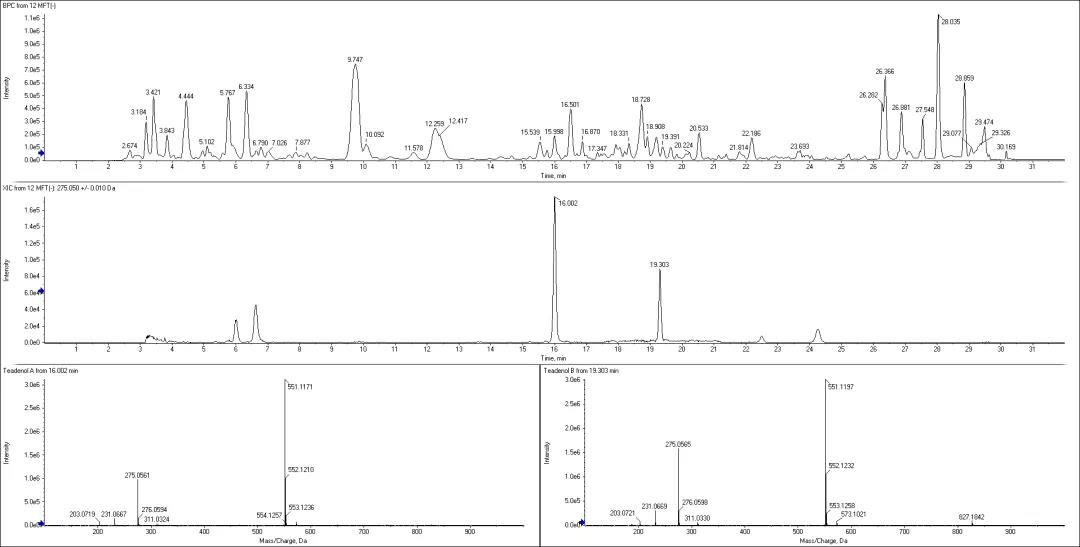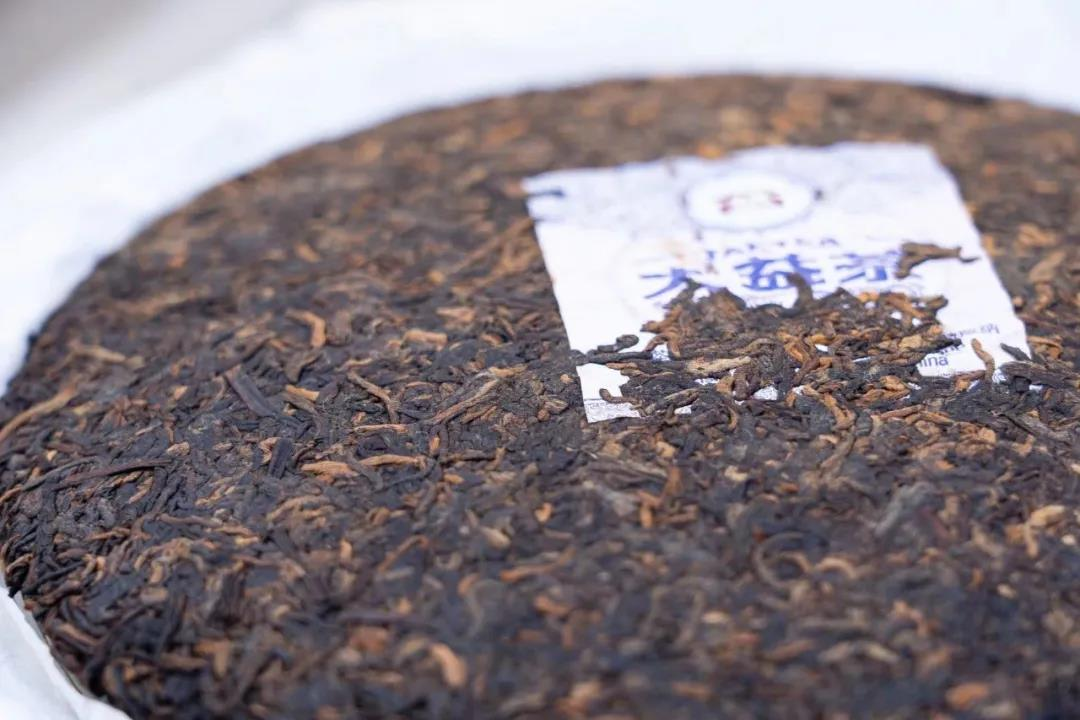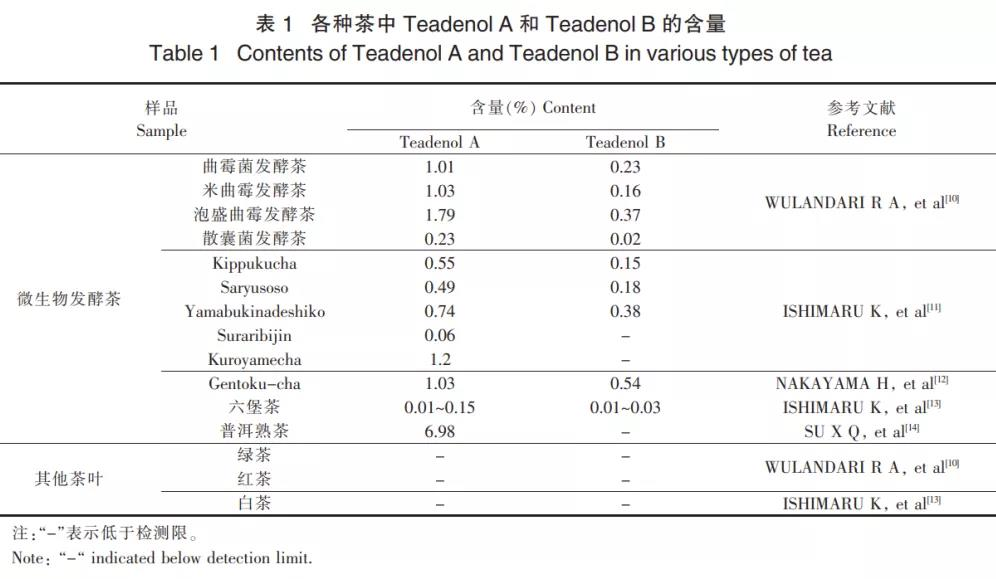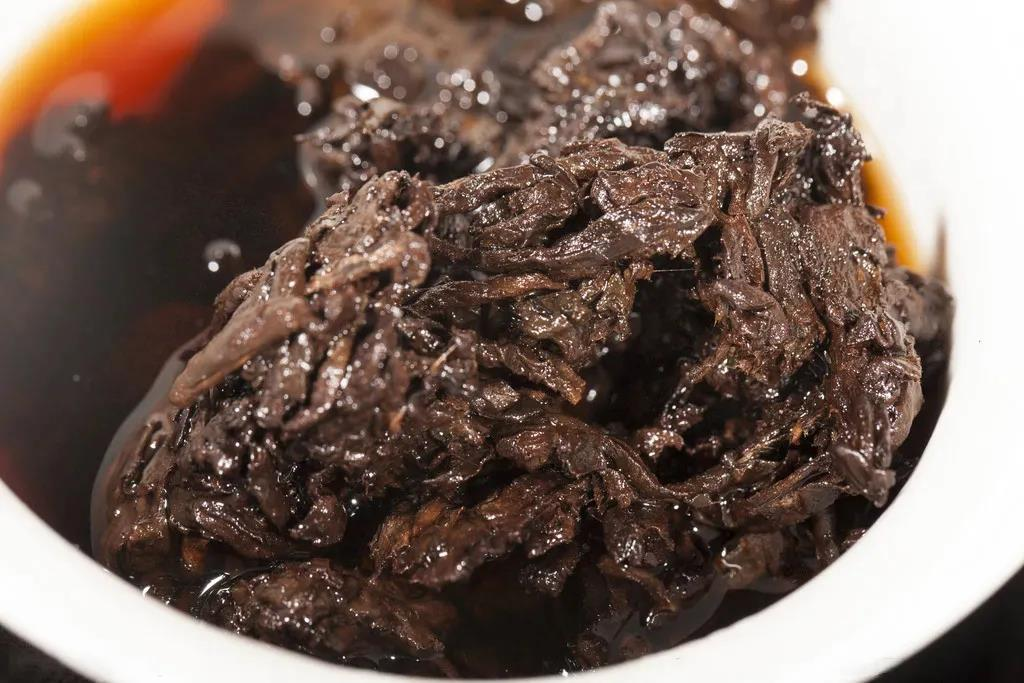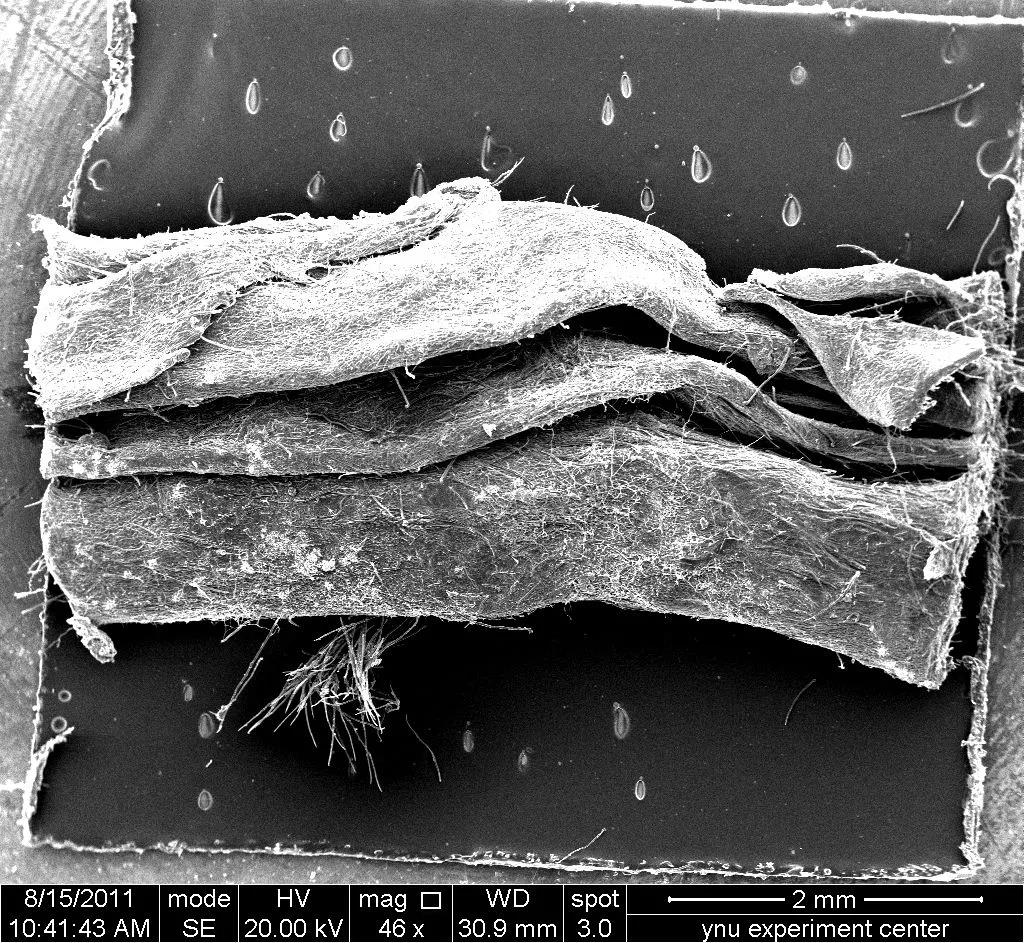Tea is one of the world’s three major beverages, rich in polyphenols, with antioxidant, anti-cancer, anti-virus, hypoglycemic, hypolipidemic and other biological activities and health care functions. Tea can be divided into non-fermented tea, fermented tea and post-fermented tea according to its processing technology and degree of fermentation. Post-fermented tea refers to tea with microbial participation in fermentation, such as Pu ‘er cooked tea, Fu Brick tea, Liubao tea produced in China, And Kippukucha, Saryusoso, Yamabukinadeshiko, Suraribijin and Kuroyamecha produced in Japan. These microbial fermented teas are loved by people for their health care effects such as lowering blood fat, blood sugar and cholesterol.
After microbial fermentation, tea polyphenols in tea are transformed by enzymes and many polyphenols with new structures are formed. Teadenol A and Teadenol B are polyphenol derivatives isolated from fermented tea with Aspergillus sp (PK-1, FARM AP-21280). In a subsequent study, it was detected in large quantities of fermented tea. Teadenols have two stereoisomers, cis-Teadenol A and trans-Teadenol B. Molecular formula C14H12O6, molecular weight 276.06, [M-H]-275.0562, structural formula is shown in Figure 1. Teadenols have cyclic groups similar to the a-ring and C-ring structures of flavane 3-alcohols and are b-ring fission catechins derivatives. Teadenol A and Teadenol B can be biosynthesized from EGCG and GCG respectively.
In subsequent studies, it was found that Teadenols had biological activities such as promoting adiponectin secretion, inhibiting protein tyrosine phosphatase 1B (PTP1B) expression and whitening, which attracted the attention of many researchers. Adiponectin is a highly specific polypeptide to adipose tissue, which can significantly reduce the incidence of metabolic disorders in type II diabetes. PTP1B is currently recognized as a therapeutic target for diabetes and obesity, indicating that Teadenols has potential hypoglycemic and weight loss effects.
In this paper, the content detection, biosynthesis, total synthesis and bioactivity of Teadenols in microbial fermented tea were reviewed, in order to provide scientific basis and theoretical reference for the development and utilization of Teadenols.
▲ TA physical picture
01
Detection of Teadenols in microbial fermented tea
After Teadenols were obtained from Aspergillus SP (PK-1, FARM AP-21280) fermented tea for the first time, HPLC and LC-MS/MS techniques were used to study Teadenols in various kinds of tea. Studies have shown that Teadenols mainly exist in microbial fermented tea.
▲ TA, TB liquid chromatogram
▲ Mass spectrometry of microbial fermented tea and TA and TB
Aspergillus oryzae SP.PK-1, FARM AP-21280, Aspergillus oryzae sp.AO-1, NBRS 4214, Aspergillus awamori sp.SK-1, Aspergillus oryzae Sp.AO-1, NBRS 4214, Aspergillus oryzae sp.SK-1, NBRS 4122), Eurotium sp. Ka-1, FARM AP-21291, Different concentrations of Teadenols were detected in the fermented tea Kippukucha, Saryusoso, Yamabukinadeshiko, Suraribijin and Kuroyamecha, gentoku-cha sold in Japan, and in the cooked tea of Pu erh, Liubao tea and Fu Brick tea of China.
The content of Teadenols in different teas is different, which is speculated to be caused by the different processing conditions and fermentation conditions.
Further studies showed that the content of Teadenols in tea leaves without microbial fermentation processing, such as green tea, black tea, oolong tea and white tea, was extremely low, basically below the detection limit. Teadenol content in various tea leaves is shown in Table 1.
02
Bioactivity of Teadenols
Studies have shown that Teadenols can promote weight loss, fight diabetes, fight oxidation, inhibit the proliferation of cancer cells and whiten skin.
Teadenol A can promote adiponectin secretion. Adiponectin is an endogenous peptide secreted by adipocytes and highly specific to adipose tissue. It is highly negatively correlated with visceral adipose tissue and has anti-inflammatory and anti-atherosclerotic properties. So Teadenol A has the potential to lose weight.
Teadenol A also inhibits the expression of protein tyrosine phosphatase 1B (PTP1B), A classic non-receptor tyrosine phosphatase in the protein tyrosine phosphatase family, which plays an important negative role in insulin signaling and is currently recognized as A therapeutic target for diabetes. Teadenol A can positively regulate insulin by inhibiting PTP1B expression. Meanwhile, TOMOTAKA et al. showed that Teadenol A is A ligand of long-chain fatty acid receptor GPR120, which can directly bind and activate GPR120 and promote the secretion of insulin hormone GLP-1 in intestinal endocrine STC-1 cells. Glp-1 inhibits appetite and increases insulin secretion, showing anti-diabetic effects. Therefore, Teadenol A has A potential antidiabetic effect.
The IC50 values of DPPH scavenging activity and superoxide anion radical scavenging activity of Teadenol A were 64.8 μg/mL and 3.335 mg/mL, respectively. The IC50 values of total antioxidant capacity and hydrogen supply capacity were 17.6 U/mL and 12 U/mL, respectively. It has also been shown that tea extract containing Teadenol B has high anti-proliferating activity against HT-29 colon cancer cells, and inhibits HT-29 colon cancer cells by increasing the expression levels of caspase-3/7, caspase-8 and Caspase-9, receptor death and mitochondrial apoptosis pathways.
In addition, Teadenols are a class of polyphenols that can whiten skin by inhibiting melanocyte activity and melanin synthesis.
03
The synthesis of Teadenols
As can be seen from the research data in Table 1, Teadenols in microbial fermentation tea has low content and high cost of enrichment and purification, which is difficult to meet the needs of in-depth research and application development. Therefore, scholars have conducted studies on the synthesis of such substances from two directions of biotransformation and chemical synthesis.
WULANDARI et al. inoculated Aspergillus SP (PK-1, FARM AP-21280) in the mixed solution of sterilized EGCG and GCG. After 2 weeks of culture at 25 ℃, HPLC was used to analyze the composition of culture medium. Teadenol A and Teadenol B were detected. Later, Aspergillus oryzae A. Awamori (NRIB-2061) and Aspergillus oryzae A. Kawachii (IFO-4308) were inoculated into A mixture of autoclave EGCG and GCG, respectively, using the same method. Teadenol A and Teadenol B were detected in both medium. These studies have demonstrated that microbial transformation of EGCG and GCG can produce Teadenol A and Teadenol B. SONG et al. used EGCG as raw material and inoculated Aspergillus sp to study the optimal conditions for Teadenol A and Teadenol B production by liquid and solid culture. The results showed that the modified CZapEK-DOX medium containing 5%EGCG and 1% green tea powder had the highest yield. It was found that the addition of green tea powder did not directly affect the production of Teadenol A and Teadenol B, but mainly induced an increase in the amount of biosynthase involved. In addition, YOSHIDA et al. synthesized Teadenol A and Teadenol B from phloroglucinol. The key steps of synthesis were asymmetric α -aminoxy catalytic reaction of organic catalytic aldehydes and intramolecular allyl substitution of palladium-catalyzed phenol.
▲ Electron microscopy of tea fermentation process
04
Application study of Teadenols
Due to its significant biological activity, Teadenols have been used in pharmaceutical, food and feed, cosmetics, detection reagents and other fields.
There are related products containing Teadenols in the food field, such as Japanese Slimming Tea and fermented tea polyphenols. In addition, Yanagida et al. confirmed that tea extracts containing Teadenol A and Teadenol B could be applied to the processing of food, condiments, health supplements, animal feeds and cosmetics. ITO et al. prepared a skin topical agent containing Teadenols with strong whitening effect, free radical inhibition and anti-wrinkle effect. It also has the effects of treating acne, moisturizing, enhancing barrier function, inhibiting uV-derived inflammation and anti-pressure sores.
In China, Teadenols are called fu tea. Researchers have conducted A lot of studies on tea extracts or compound formulas containing fu tea A and Fu tea B in terms of lowering blood lipids, weight loss, blood sugar, hypertension and softening blood vessels. The high-purity fu tea A purified and prepared by Zhao Ming et al. can be used for preparation of antilipid medicines. He Zhihong et al. made tea capsules, tablets or granules containing anhua dark tea of Fu A and Fu B, gynostema pentaphylla, Rhizoma orientalis, ophiopogon and other medicinal and food homology products, which have obvious and lasting effects on weight loss and lipid reduction for all kinds of obese people. Tan Xiao ‘ao prepared the fuzhuan tea with fuzhuan A and Fuzhuan B, which is easy to be absorbed by human body and has obvious effects on reducing hyperlipidemia, hyperglycemia, hypertension and softening blood vessels.
05
“Language
Teadenols are b-ring fission catechin derivatives existing in microbial fermented tea, which can be obtained from the microbial transformation of epigallocatechin gallate or from the total synthesis of phloroglucinol. Studies have shown that Teadenols are contained in various microbial fermented teas. The products include Aspergillus Niger fermented tea, Aspergillus oryzae fermented tea, Aspergillus oryzae fermented tea, Sachinella fermented tea, Kippukucha (Japan), Saryusoso (Japan), Yamabukinadeshiko (Japan), Suraribijin (Japan), Kuroyamecha (Japan), Gentok U-cha (Japan), Awa-Bancha (Japan), Goishi-cha (Japan), Pu ‘er tea, Liubao tea and Fu Brick tea, but the contents of Teadenols in various teas are significantly different. The content of Teadenol A and B ranged from 0.01% to 6.98% and 0.01% to 0.54%, respectively. At the same time, oolong, white, green and black teas do not contain these compounds.
As far as current research is concerned, studies on Teadenols are still limited, involving only the source, content, biosynthesis and total synthetic pathway, and its mechanism of action and development and application still need a lot of research. With the further research, Teadenols compounds will have greater development value and broad application prospects.
Post time: Jan-04-2022

